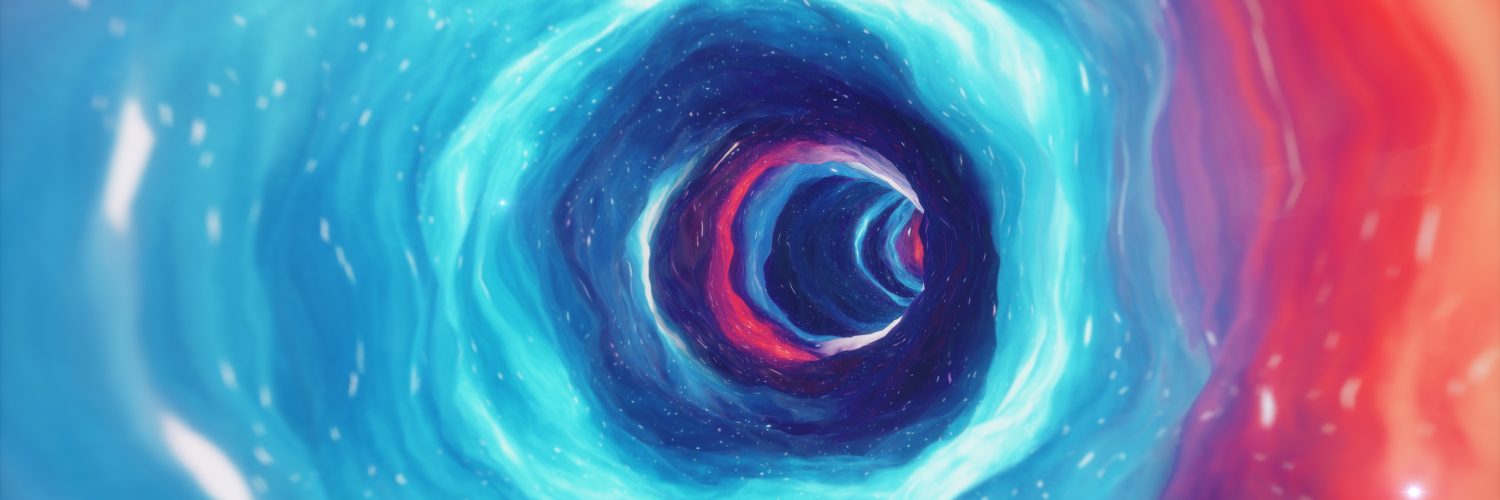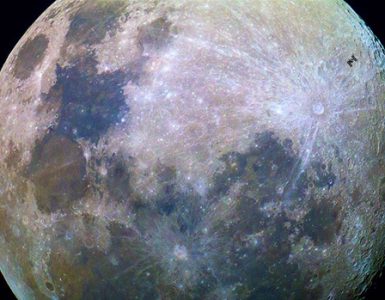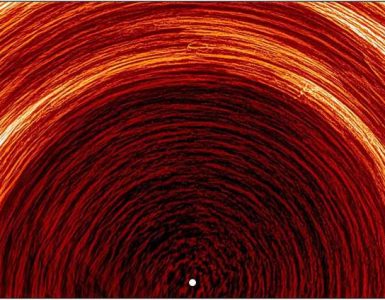by Rhodilee Jean Dolor
Amid efforts to develop technology-based solutions that can shorten travel time between Earth and the worlds beyond, researchers propose ways to find wormholes that can theoretically allow space travelers to reach far-flung corners of the universe.
What Are Wormholes?
A wormhole is a theoretical passageway with two mouths connected by a “throat” that serves as a path for a traveler to traverse to another point. The idea is often portrayed in science fiction as a means to significantly shorten the duration of space travel and make time travel possible.
Christopher Nolan’s 2014 “Interstellar” movie depicted astronauts going through a wormhole in their quest to find a new habitable world for humanity. Michael Crichton’s 1999 novel “Timeline” also featured traversable wormholes for time travel.
Scientists have not yet found conclusive evidence that they exist, but wormholes resemble black holes. For one, both wormhole and blackhole have powerful gravitational pulls.
What makes the two different is that objects that get into a black hole are trapped there, while things that enter a wormhole can traverse through it to the other side.
Search For The Elusive Wormhole
If wormholes do exist, scientists have been looking for ways to find them. In a study published in the Monthly Notices of the Royal Astronomical Society in November 2020, researchers claimed that wormholes possibly exist at the center of very bright galaxies.
Mikhail Piotrovich, from the Central Astronomical Observatory of the Russian Academy of Sciences at Pulkovo, and colleagues said that a compact region at the center of a galaxy known as active galactic nuclei (AGN) could be the mouths of wormholes. AGNs are supermassive black holes that release more radiation than our own Milky Way as they consume matter around them.
If things that enter one mouth of a wormhole would go out of its other mouth, the researchers argued that matter that entered one mouth of the wormhole would slam into matter that simultaneously got in through the other mouth. This is so because matter that falls into the mouth of a supermassive wormhole would likely travel extremely fast due to the powerful gravitational field.
The researchers believe that the collision would cause spheres of plasma to expand both wormhole mouths at nearly the speed of light. The researchers compared the outburst with those from AGNs, which are often surrounded by rings of plasma known as accretion disks.
Piotrovich and colleagues said that observing the gamma radiation produced by AGNs could lead scientists to the elusive wormholes.
“The underlying hypothesis of this work is that the active galactic nuclei (AGNs) are wormhole mouths rather than supermassive black holes,” the astronomers wrote in their study. “Under some – quite general – assumptions such wormholes may emit gamma radiation as a result of a collision of accreting flows inside the wormholes. This radiation has a distinctive spectrum much different from those of jets or accretion discs of AGNs. An observation of such radiation would serve as evidence of the existence of wormholes.”
Earlier works by other scientists also attempted to find the theoretical spacetime bridge. In a 2019 study published in the journal Physical Review D, researchers suggested that the slight but strange movements of stars around supermassive black holes can help detect wormholes.
For the study, cosmologist Dejan Stojkovic, from the University at Buffalo College of Arts and Sciences, and colleagues focused on spotting a wormhole around Sagittarius A*, the supermassive black hole at the center of our galaxy.
The researchers think that the region is a good place for hunting wormholes because wormholes require extreme gravitational conditions. The gravitational pull of Sagittarius A* happens to be so intense it warps lights from nearby stars when they get too close to the black hole.
Stojkovic and colleagues think that if a wormhole exists at Sagittarius A*, the nearby stars would be affected by the gravitational pull of the stars at the other side of the tunnel. Based on this concept, the researchers said that it would be possible to detect the presence of a wormhole by looking for slight deviations in the regular orbit of stars near Sagittarius A*.
More specifically, they suggested that scientists may find a wormhole by looking for perturbation in the path of the S2 star that orbits Sagittarius A*.
“If a wormhole smoothly connects two different spacetimes, then the flux cannot be separately conserved in any of these spaces individually. Then objects propagating in the vicinity of a wormhole in one space must feel the influence of objects propagating in the other space,” the researchers wrote in their study.
“By studying the orbits of stars around the black hole at the center of our galaxy, we could soon tell if this black hole harbors a traversable wormhole.”
Significance of Finding Wormholes
Although movies and books portray wormholes as a bridge between two points in space or time, finding proof of wormholes’ existence does not necessarily mean the start of an era for instantaneous space journeys and time travel.
British cosmologist Stephen Hawking did not think it possible to use a wormhole as a time machine. Stojkovic also explained why wormholes would not serve as a passageway for travelers.
“Even if a wormhole is traversable, people and spaceships most likely aren’t going to be passing through,” he said. “Realistically, you would need a source of negative energy to keep the wormhole open, and we don’t know how to do that. To create a huge wormhole that’s stable, you need some magic.”
Despite researchers’ enthusiasm over finding wormholes, physicist Kip Thorne, one of the leading authorities on relativity, black holes, and wormholes, has long suggested that the idea of traveling through wormholes could be just a figment of humanity’s imagination.
“There are very strong indications that wormholes that a human could travel through are forbidden by the laws of physics,” he said. “That’s sad, that’s unfortunate, but that’s the direction in which things are pointing.”





